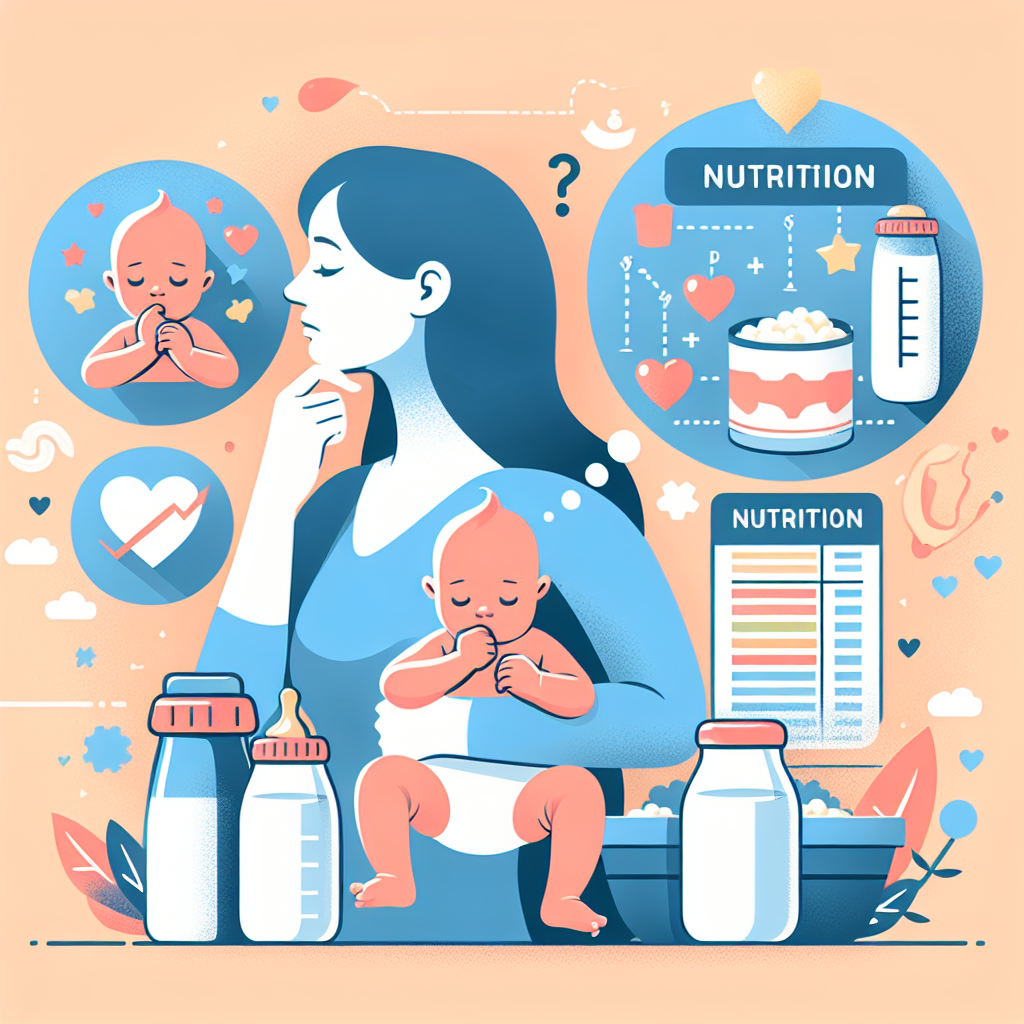Milk Feeding: How much a 3-month-old baby consumes
Introduction Breastfeeding is a topic of interest to all parents of newborns and infants. In the first months of life, milk is the main, if not the only, source of nutrition for babies. So it's essential to understand how much milk a 3-month-old baby should consume, whether we're talking about breast milk or formula.
Milk consumption of 3-month-old babies The healthy development of the baby depends largely on the quantity and quality of nutrition. By the age of 3 months, most babies should be consuming between 150-220ml of milk 5-6 times a day. The exact amount varies from child to child and is influenced by individual weight and metabolic rate.
Motor Development and Food Around 3 months of age, babies begin to develop new motor skills, such as holding their head up or moving their limbs with greater coordination. These advances in motor development increase their need for calories and nutrients, so it is crucial to make sure they are getting enough milk to support this accelerated growth.
Language development Although language development is just beginning at 3 months, proper nutrition is essential to support this important stage. Breast milk or formula provides the nutrients necessary for the growth and development of the brain, which will form the basis of later language learning.
Factors Influencing Milk Consumption There are several factors that can influence how much milk a 3-month-old baby consumes, including natural appetite, weight gain, activity level and general health. It is important to pay attention to the signals that the baby gives to understand if he is getting the right amount of milk.
Breastfeeding Versus Formula Powdered Milk The recommendation of the World Health Organization regarding exclusive breastfeeding up to 6 months is well known. Breast milk naturally adjusts to meet the baby's nutritional requirements. If breastfeeding is not possible, powdered milk formula is an alternative that can provide the necessary nutrients, although parents need to be more careful about the amounts consumed.
Common Problems in Breastfeeding a 3-Month-Old Baby Some common difficulties encountered by parents may include colic, gastroesophageal reflux or food allergies. These problems can have an impact on the amount of milk a baby can consume and the need to consult a pediatrician.
Breastfeeding and Emotional Bonding In addition to providing the nourishment necessary for physical development, breastfeeding also strengthens the emotional bond between mother and child. This physical and emotional contact contributes to the social and emotional development of the baby.
Introduction of Complementary Nutrition Although most babies are not ready for solid food until 6 months, it is good to inform ourselves in advance about when and how the transition from milk to diversified nutrition will be made. This stage opens a new chapter in the baby's development and requires special attention from parents.
Conclusion There is no one-size-fits-all when it comes to breastfeeding at 3 months. Every baby is unique and has individual needs. It is important to notice the child's signs of hunger or satiety and respond accordingly. To ensure optimal nutrition for your baby and for more resources, we invite you to visit the specially dedicated section of our store or subscribe to our newsletter for tips and news.














































































































































